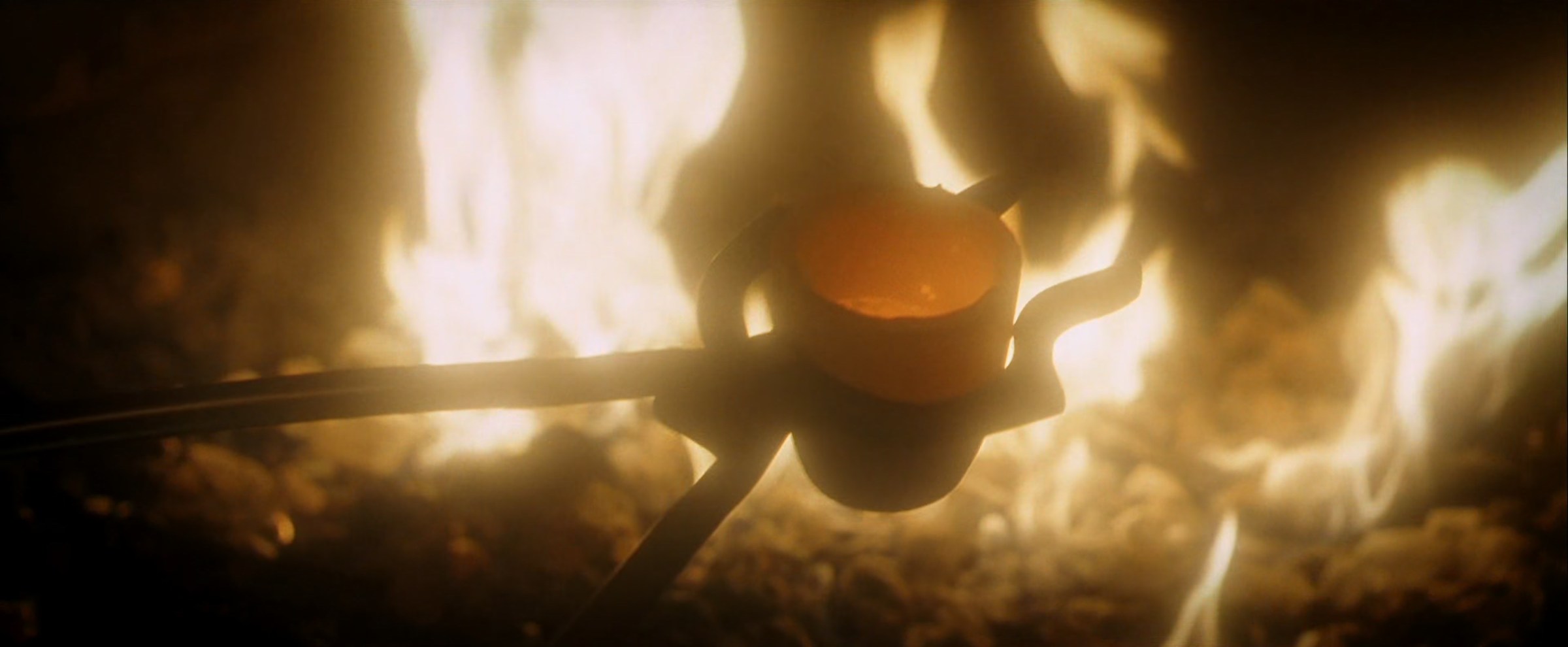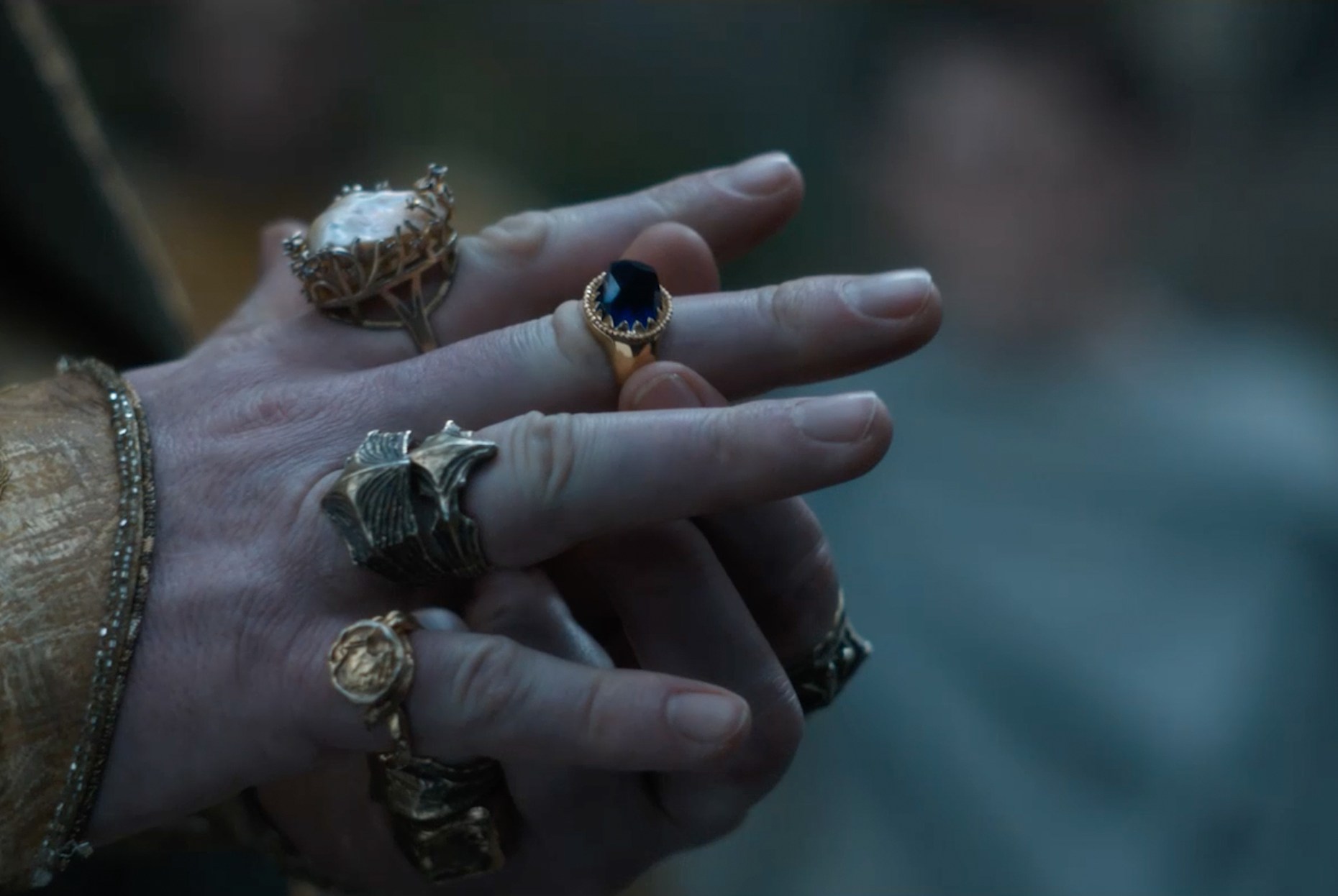Everything you want to know about the rings of power in Rings of Power
The Lord of the Rings: The Rings of Power lived up to its title in the final episode of the first season, but it may have also left fans with a lot of questions about what happens next. What does one do Doing with a Ring of Power once you have it? How did this all play out in the books?
And the most important question of all: Who is actually going to own these magical jewels? They’re going to have to plan a wardrobe update.
(Editorial note: This piece contains spoilers for the first three episodes of The Lord of the Rings: The Rings of Power season 2.)
The Season 2 premiere episodes answer some of these questions, and give viewers a better sense of why the Elves bothered with their rings at all, given how much Sauron was involved in their creation. The answer, as with many of Tolkien’s stories, has to do with the limits of nature and their own changing place within it.
What powers do the 3 elf rings have?
There is a bit of a lure with the Elven rings, at least for modern viewers. Vilya (the sapphire ring), Narya (the ruby ring), and Nenya (the adamant ring, which alone was made of mithril) are all named after the Elven “main elements” of the world: air, fire, and water.
But they have no elemental powers at all.
As Elrond explains in The Company of the Ring“They were not made as weapons of war or conquest: that is not their strength. Those who made them did not desire power or domination or hoarded wealth, but understanding, making and healing, to keep all things spotless.”
It comes pretty close to the reasons why they forged these. The Rings of Power: Celebrimbor and Elrond sought a solution to the deadly corruption that befell their people in Middle-earth. And, as the Silmarillion says, “those who had (an Elven ring) in their possession could ward off the decay of time and postpone the weariness of the world (…) where they dwelt, there also dwelt mirth, and all things were unstained by the sorrow of time.”
But the Elven Rings had one major drawback. Sauron’s hand in forging them made them vulnerable to his own One Ring. Again, of The Silmarillion: “While he wore the One Ring he could perceive all things done through the lesser rings, and he could see and direct the thoughts of those who wore them.”
Fortunately, this flaw was noticed the moment Sauron donned his elven ring, thanks to the power of the elven rings and their wearers. are ring for the first time, creating a window for the wearers to look inside are intentions to rule them and all that was theirs. They solved this problem quite easily by simply taking off the rings.
With Sauron defeated and the One Ring lost, it became safe to use the Elven Rings again for their intended purpose: protecting parts of Middle-earth from the waste of time and the slow decay of the world. (Why was the world decaying? Tolkien was Catholic.)
How were the elf rings in the books made?
Early in the Second Age, after the defeat of Morgoth, Sauron appeared to the Elves of Lindon and Eregion in a “fair-looking” guise, calling himself Annatar and claiming to be an emissary of the Valar – so you can already see that this is a little different from The Rings of Power, Sauron first used the Halbrand disguise in the first season, and did not appear to Celebrimbor until Season 2 as Annatar.
In fact, in Tolkien’s The Silmarillionimmediately distrusted both Gil-galad and Elrond Annatar and refused him entry to Lindon. Unfortunately, Celebrimbor was all for it. Sauron preyed on the Noldorim elves’ love for Middle-earth, the land they had defended for so long, and their conflicting desire to return to the splendor and bliss of their homeland. The Silmarillion says he argued, “Why should Middle-earth remain forever desolate and dark, when the Elves could make it as beautiful as Eressëa, nay, even as Valinor?” and he encouraged them to devise ways to convert and preserve their environment.
As Elrond tells it in The Company of the Ringthe smiths of Eregion “had his help and grew mighty in their craft, while he learned all their secrets, and betrayed them, and secretly in the Mountain of Fire forged the One Ring to be their master. But Celebrimbor was aware of him, and hid the Three that he had made.”
Yes, you read that right: by the time the Elven Rings were forged, Celebrimbor had already decided that he could not trust Sauron. The Silmarillion states quite clearly that the rings “were forged by Celebrimbor alone, and that the hand of Sauron had never touched them.” Yet Celebrimbor had learned enough of his craft from Sauron that the Elven rings were inevitably subject to the One Ring.
This is fundamentally different from Rings of Power‘s timeline, with Galadriel well aware of Sauron’s scheme (or at least the possibility of the dark influence he exerted as “Halbrand”) before the Rings are finished, and Celebrimbor completely unaware of Sauron’s scheme during the production of the Elven Rings. With Sauron appearing to Celebrimbor as the “lord of gifts” Annatar, the other Rings still seem to be closer to Sauron’s influence. While Galadriel—along with now Elrond, Gil-galad, Círdan, and a handful of other Elves present in Lothlorien—is aware that the Rings some influence of Sauron, but they don’t know exactly how yet. (More on that later.)
When the bearers of the Elven-rings took them away against Sauron’s will, he called the armies of Mordor to conquer Eregion and take it by force. When that did not work, he made the Seven and Nine, which he distributed to the Dwarves and Men.
Rings never really worked on the dwarves, as they proved “tough and difficult to tame,” according to The Silmarillion. “(Dwarves) cannot endure the domination of others, and the thoughts of their hearts are hard to fathom, nor can they be turned into shadows.” Sauron did not allow himself to control the seven dwarven bearers, only to magnify their base emotions, such as greed, and indirectly help the great dwarven civilizations to their downfall and the dragonfire.
Men, however, proved much easier to corrupt and control; we all know what a Nazgul is.
Who keeps the elf rings?
When Sauron began his war against the Elves for the Elf Rings in the books, Celebrimbor split the rings up for safekeeping. He sent Nenya to Galadriel, Vilya to Gil-galad, and Narya to Círdan (who, as the show also notes, is the leader of the faction of Elves that lived on the western coast of Middle-earth, closest to Valinor, and built all the ships that sailed west and never returned). But with the exception of Galadriel’s Nenya, the rings would not remain with their owners.
Gil-galad eventually gave his ring to Elrond, before he fell with Elendil in the defeat of Sauron. Círdan eventually gave his ring to Gandalf, for reasons you can read here.
“That’s how it was,” The Silmarillion says, “that in two domains the bliss and beauty of the Elves still remained undiminished while that Age lasted: in (Rivendell); and in Lothlórien (…) where the trees bore golden flowers and no Orc or evil thing ever dared to come.”
But Sauron’s hand in the creation of the Elven Rings meant that their power was, at least in part, dependent on Sauron’s existence. This was one reason that Bilbo’s rediscovery of the One Ring was something of a death knell for the Elves of Middle-earth. Whether Sauron found the Ring or the Ring was destroyed, the Elven Rings would have been rendered useless.
This is why Elrond and Galadriel sail the Western Sea in the late 19th century. The Return of the King —they sacrificed their power to hold back the tides of time and keep Middle-earth as it was in their youth, to keep at least two places in Middle-earth where Elves could live a carefree life, to prevent Sauron from gaining total dominion.
What does this mean for Rings of Power season 2?
In Tolkien’s lore, there is a ten-year period of tense calm while Sauron entrenches himself in Mordor to gather his armies and forge the One Ring. But that was when Sauron’s deception was revealed much later in the process; in Rings of Power In season 2, the elves already struggle with the question of what power they now control, or whether it is perhaps the power of Sauron that controls them after all.
Galadriel has been having strange, ominous visions, and when she shares them with King Gil-galad, she also tells him that she fears that these are glimpses of the future. Unfortunately, Gil-galad has had similar premonitions: “I have seen mountains crumble; waters dried up; and clouds, black, gathered over white towers.”
So far, at least, Círdan is not too worried; to him, the rings seem more like a rare opportunity, a power they can “wield over any form of life” that they need not fear. “You are wise to fear this power,” Círdan tells Elrond. “But do not let that fear blind you to the ways it can be used for good.”
This is the conflict Payne and McKay hoped to explore by moving the creation of the faerie rings forward in the storyline. “We[talked]about a nuclear age,” McKay told Polygon in a junket ahead of the Season 2 premiere. “A nuclear energy can be used for good, but it’s very dangerous, and it can also be used for evil. And it can be incredibly creative or incredibly destructive. And the rings are all of those things.”
“I think there are things that feel really timeless and relatable, you know, a new force coming into the world, where you’re not sure how it’s going to change you and the world.”
Whereas Rings of Power condensed Sauron’s manipulation of Celebrimbor into the forging of the Elven Rings into a mere three weeksThere will likely be a handful of other parts of Tolkien’s timeline that get sped up as we explore exactly what the ramifications of that decision are. But theoretically, the bones of the world (if not the season) will be the same from here on out: once the One Ring is on Sauron’s finger, the Elves will defy him — plunging Middle-earth back into war with a dark lord, with the men of Númenor on their side. And that certainly seems like something Rings of Power wants to give it his own cinematic interpretation.


